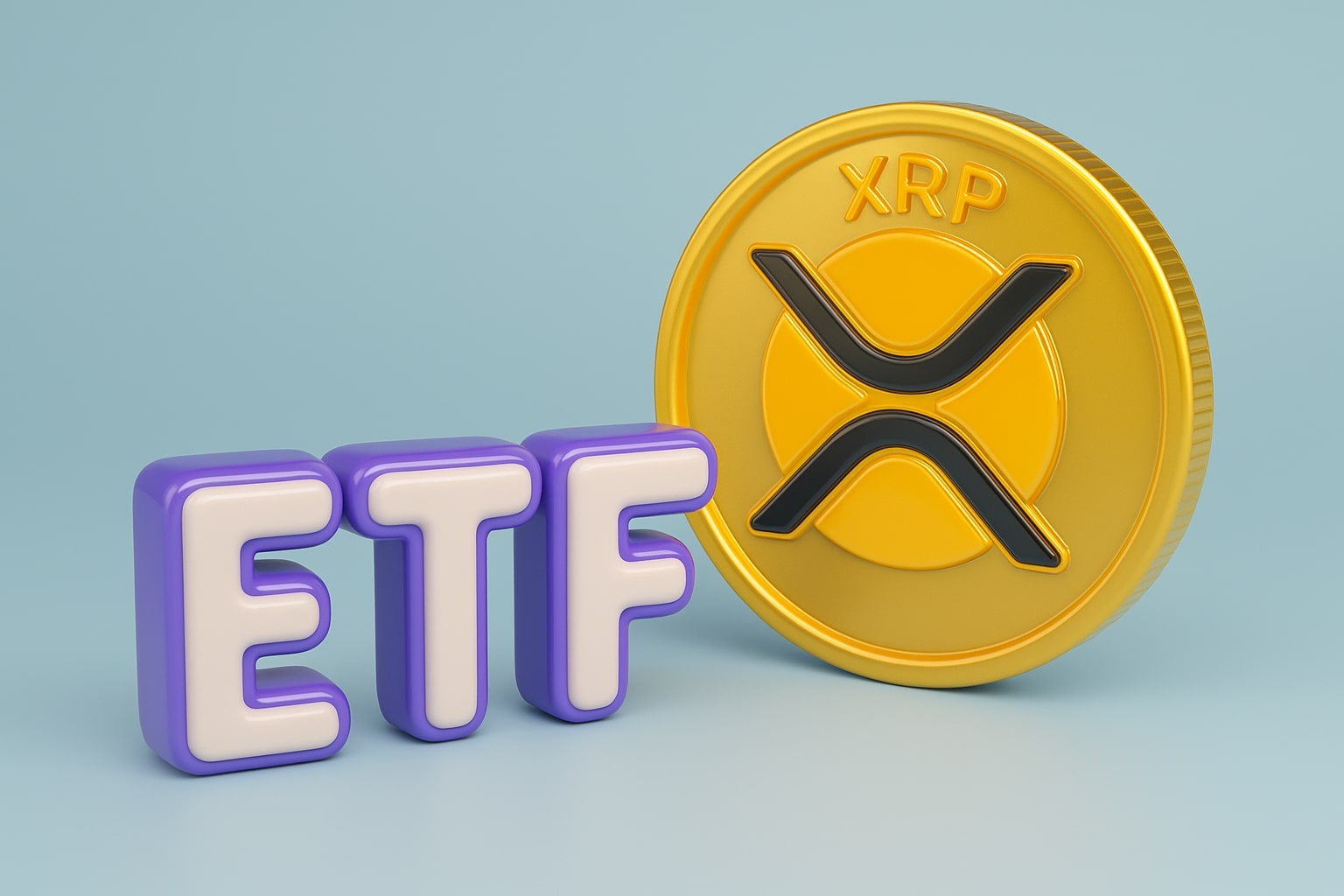
Oil Prices Forecast - Oil Prices Plunge Toward $60 as OPEC+ Pause and Rising U.S. Stockpiles
WTI (CL=F) sinks below $61 while Brent (BZ=F) drops to $64, pressured by OPEC+’s production freeze, weak U.S. PMI at 48.7, and stronger dollar at 107 DXY | That's TradingNEWS
WTI Crude (CL=F) and Brent (BZ=F) Extend Selloff as OPEC+ Pauses Output Hikes, Dollar Strengthens, and U.S. Sanctions Deepen Supply Shock
Crude oil prices are under heavy pressure, with WTI Crude (CL=F) falling 1.44% to $60.17 and Brent (BZ=F) slipping 1.22% to $64.10, marking a renewed downturn after OPEC+ decided to pause production hikes through Q1 2026. The move, initially seen as a stabilizing measure, has instead triggered market anxiety over a potential global glut. Traders are now questioning whether OPEC+’s strategy reflects internal doubts about global demand strength amid weakening U.S. manufacturing data and stronger dollar momentum.
Eight OPEC+ producers — Saudi Arabia, Russia, Iraq, the UAE, Kuwait, Kazakhstan, Algeria, and Oman — confirmed plans to halt output increases in January–March 2026, following a minor 137,000 barrels per day (bpd) hike in December. While the bloc cited “seasonal demand weakness,” the market interpreted the decision as a defensive acknowledgment of oversupply.
OPEC+ Strategy Under Scrutiny as Market Interprets Pause as Demand Weakness
For the first time since early 2024, traders view OPEC+’s communication as conflicted. Official statements highlight “healthy market fundamentals,” yet price action tells a different story. The OPEC Basket fell 0.34% to $66.49, and Mars US Crude declined 1.34% to $70.71, signaling fading confidence in consumption.
Suvro Sarkar of DBS Bank noted that the pause reflects “acknowledgment of potential oversupply,” contradicting the group’s prior optimism. The UAE’s Energy Minister Suhail Al Mazrouei dismissed fears of a glut, claiming “there’s no oversupply scenario.” However, the tone failed to reassure investors as both futures curves shifted further into contango, suggesting expectations of excess supply in early 2026.
Macroeconomic Pressure: U.S. Manufacturing Weakness and Fed Uncertainty Amplify Selloff
Beyond OPEC+ policy, oil markets are being pressured by deteriorating U.S. economic indicators. The ISM Manufacturing PMI dropped to 48.7 in October, marking the eighth consecutive month of contraction. Weak factory activity reduces demand for diesel and other industrial fuels, aligning with inventory builds reported by the EIA.
At the same time, the U.S. Dollar Index (DXY) surged to 107, its highest since April, making crude more expensive for non-dollar holders. This double impact — weaker manufacturing demand and stronger dollar — has intensified liquidation across energy commodities, pushing WTI below $61 and raising the risk of a retest toward $58–$56 per barrel.
Sanctions and Geopolitical Realignment: The Russian Factor Returns
Fresh U.S. sanctions on Rosneft and Lukoil have reshaped supply dynamics. While the sanctions disrupted Russian export logistics, they also contributed to a short-term glut in floating barrels as refiners in China and India scaled back purchases. This paradox — political supply pressure coinciding with commercial oversupply — has distorted the market’s short-term balance.
Meanwhile, Venezuela’s ongoing standoff with the U.S. and Moscow’s weakened influence due to the Ukraine war add uncertainty. Venezuela’s daily exports remain below 800,000 bpd, yet its strategic ties with Russia and Iran create potential for sanctioned barrels reentering markets via gray trade routes. Any reintroduction of these flows could cap Brent near $65–$66 in the coming months.
U.S. Shale and Inventory Data Reinforce Bearish Sentiment
Domestically, U.S. crude output remains robust near 13.2 million bpd, a record high. The EIA’s latest report indicated that inventories rose by 3.8 million barrels last week, extending the build streak to three consecutive weeks. Refinery utilization fell to 86.4%, underscoring weakening product demand as winter begins.
Gasoline prices also reflect the slowdown, rising marginally to $1.923/gallon, while distillates and jet fuel inventories continue to expand. This trend points to a supply-demand mismatch that may persist into early 2026 unless OPEC+ implements deeper production cuts.
Technical Breakdown: Key Support at $60 in WTI, $64 in Brent Faces Pressure
From a technical perspective, WTI Crude (CL=F) has broken below its 50-day EMA near $62, confirming a bearish structure. Immediate support lies at $60, with potential extension toward $56, a key pivot dating back to late 2023. Momentum indicators confirm selling dominance — RSI at 37 and MACD in negative divergence — signaling continued downside bias.
Similarly, Brent (BZ=F) failed to hold its $65 resistance zone, with technical patterns suggesting a drift toward $62, followed by a medium-term target of $60 if global inventories continue to rise. Analysts warn that failure to reclaim the $66.50–$67 range could trigger algorithmic selling into December.
Read More
-
PFFA ETF Nears $21.50 as Rate Cuts and 9.49% Yield Spark Renewed Demand
29.11.2025 · TradingNEWS ArchiveStocks
-
XRPI and XRPR ETFs Ignite Ripple’s Institutional Rally as Inflows Near $1B and XRP Holds $2.20
29.11.2025 · TradingNEWS ArchiveCrypto
-
Natural Gas Price Forecast - NG=F Blasts to $4.85 as Demand Surge Fuel Multi-Month Breakout
29.11.2025 · TradingNEWS ArchiveCommodities
-
USD/JPY Price Forecast - Yen to Dollar Slides to 156.10 as Yen Strengthens on Fed Cut Expectations
29.11.2025 · TradingNEWS ArchiveForex
Geopolitical Volatility: U.S.-Venezuela Tension and Saudi Pricing Strategy
The geopolitical landscape compounds the volatility. The U.S. has intensified pressure on Venezuelan President Nicolás Maduro, deploying naval assets in the Caribbean and doubling a $50 million bounty related to drug-crime allegations. The move has geopolitical implications for oil flows, particularly as Venezuela’s 5,000 Igla-S missile arsenal deters Western intervention but restricts production expansion.
Simultaneously, Saudi Arabia’s fiscal agenda appears conflicted. Riyadh recently hinted at cutting official selling prices (OSPs) to Asia to protect market share against Russian and U.S. barrels. The pricing move, expected in December, could reduce Brent’s medium-term upside potential even if demand stabilizes. Saudi Arabia’s capacity remains near 12.5 million bpd, but actual output is closer to 9 million bpd, indicating significant flexibility for both tightening and oversupply.
Demand Outlook: Asian Slowdown Offsets European Recovery
Asia’s crude demand, historically the largest growth driver, is showing strain. China’s imports slipped by 8% year-on-year, and India’s refiners reduced Russian crude intake by 12%, shifting instead to UAE’s Murban crude at $66.82/barrel. Both nations are responding to high inventories and slowing manufacturing orders, undermining OPEC’s optimistic demand forecast.
Conversely, European refiners are showing early signs of recovery due to lower natural gas prices and stronger industrial output in Germany and France. However, the gains are insufficient to offset Asia’s demand deceleration. The International Energy Agency projects global oil demand to grow only 1.1 million bpd in 2026, down from 2.3 million bpd in 2025, underscoring a fragile recovery trajectory.
Corporate Earnings: Aramco and BP Signal Divergence in Upstream Margins
Energy majors’ earnings illustrate the mixed environment. Saudi Aramco’s Q3 profit rose to $28 billion, buoyed by higher output and refining margins, while BP exceeded forecasts thanks to upstream recovery. In contrast, CNOOC and Shell reported lower profits, citing declining realizations and refinery throughput.
This divergence reflects a two-speed energy market: Middle Eastern producers benefit from low-cost extraction, while Western majors face margin compression. Notably, SM Energy and Civitas Resources’ $12.8 billion merger signals continued consolidation in U.S. shale as firms brace for sustained price weakness below $65.
Currency Correlations and CAD Sensitivity to Oil Decline
The oil slump has directly hit the Canadian Dollar, with USD/CAD rising to 1.4070, its highest since early 2020. Falling crude prices erode Canada’s export balance and inflation-adjusted income. The Bank of Canada’s recent 25-basis-point rate cut to 2.25% amplifies the effect, widening the policy gap with the Federal Reserve’s 3.75–4.0% rate band.
Analysts forecast further CAD weakness if oil stays below $60, potentially pushing the pair toward 1.42 in Q1 2026. The correlation between WTI and CAD remains above 0.78, among the strongest in G10 FX.
Market Sentiment: Funds Trim Exposure, ETFs See Outflows
Institutional investors are cutting exposure rapidly. Data from ICE and CME show that speculative net longs in WTI have dropped 28% week-over-week, while Brent positions fell 19%. Oil-focused ETFs like USO and BNO saw combined outflows exceeding $420 million in just five sessions.
The liquidation mirrors early 2023 conditions when prices briefly dipped below $58 before rebounding. However, this time, macro deterioration and higher Treasury yields make a swift recovery less probable.
Forecast and Market Positioning: Short-Term Bearish, Medium-Term Reversal Possible
Given the data, the short-term bias for WTI (CL=F) and Brent (BZ=F) remains bearish. Technical damage below $61 and $65 respectively confirms downward continuation potential toward $56–$58 (WTI) and $60–$62 (Brent).
Yet, historical parallels suggest that if inventories stabilize and OPEC+ reinstates cuts by March, prices could rebound toward $70–$72 in mid-2026. For now, energy equities tied to U.S. shale, like ExxonMobil (NYSE:XOM) and Chevron (NYSE:CVX), may remain pressured, while Middle Eastern producers retain pricing leverage due to lower breakevens.
Verdict: Crude Oil (WTI CL=F / Brent BZ=F) – Short-Term SELL, Medium-Term HOLD
The data supports a short-term SELL stance on both WTI and Brent, with macro and technical indicators aligned toward downside risk. However, a medium-term HOLD remains justified if OPEC+ tightens supply by Q2 2026 or if the U.S. economy stabilizes post-rate cycle.
WTI’s near-term trading band is expected between $56–$62, while Brent fluctuates between $60–$67. A decisive break below $56 could test the 2023 lows, but stabilization above $60 would mark the next accumulation phase ahead of the 2026 recovery window



















